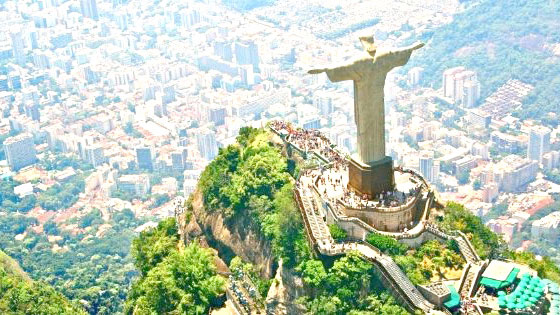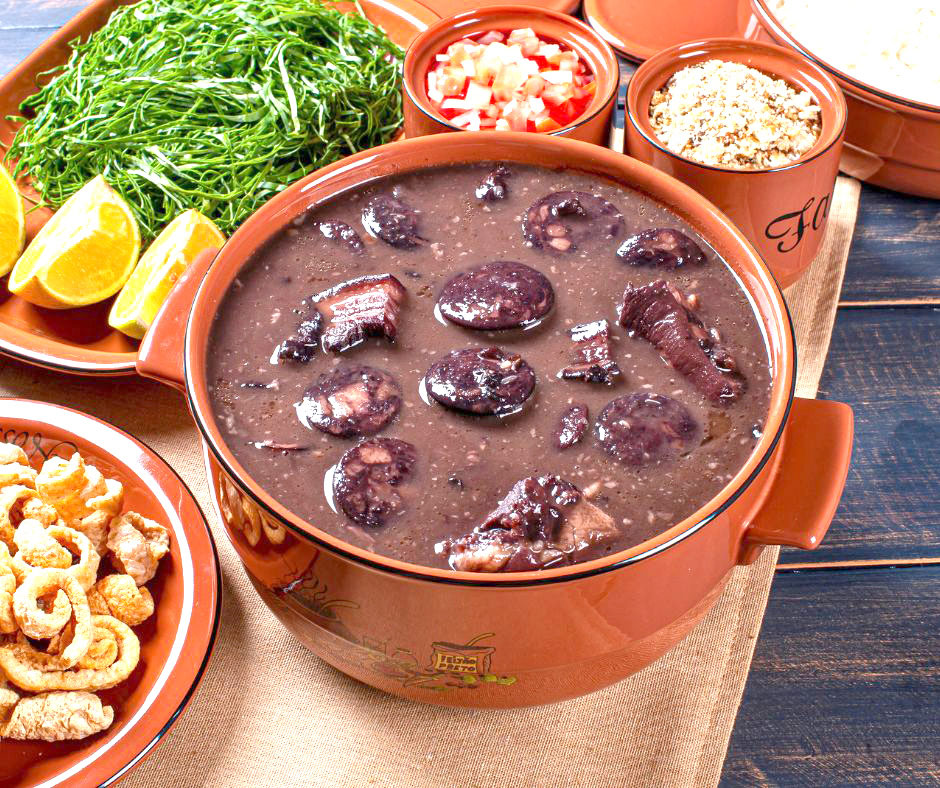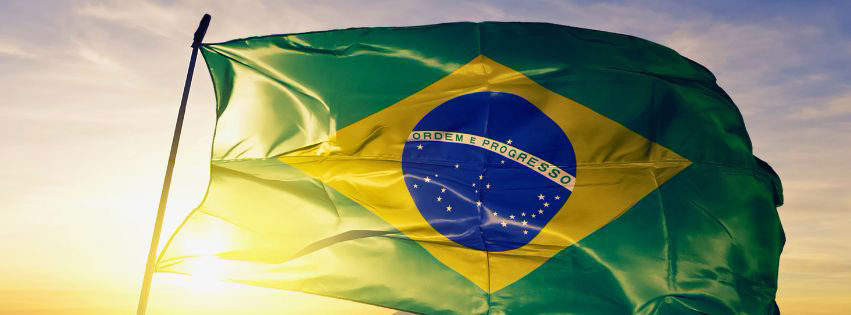Every September 7th, Brazil comes alive with the colors of its flag as millions celebrate their country’s independence from Portuguese colonial rule. What began as a dramatic declaration by a river in São Paulo over two centuries ago has evolved into one of South America’s most vibrant national holidays, weaving together history, culture, and national pride in a celebration that spans from the Amazon rainforest to the beaches of Rio de Janeiro.
Three centuries under colonial rule

Brazil’s journey to independence tells the story of a nation that slowly awakened to its own potential. Portuguese colonizers had controlled this vast territory since Pedro Álvares Cabral’s arrival in 1500, establishing a colonial system designed to extract maximum wealth while keeping the local population under strict political and economic control. For over three centuries, Brazil served as Portugal’s treasure chest, shipping gold, sugar, coffee, and other valuable resources across the Atlantic while receiving little investment in return.
The colonial relationship began shifting dramatically in the early 1800s when Napoleon’s armies swept across Europe, forcing Portugal’s royal family into an unprecedented exile. In 1808, King João VI and his court fled Lisbon for Rio de Janeiro, transforming Brazil from a neglected colony into the seat of the Portuguese Empire. This relocation inadvertently elevated Brazil’s status and exposed Brazilians to new ideas about governance and autonomy that would prove impossible to suppress.
The cry that changed a continent

The decisive moment came on September 7, 1822, when Dom Pedro I, son of King João VI, found himself at a crossroads near the Ipiranga River in São Paulo. Faced with Portuguese demands to return to Lisbon and abandon his role in Brazilian affairs, the young prince made a choice that would echo through history. Standing by the riverbank, he reportedly shouted “Independence or Death!” and declared Brazil’s separation from Portuguese rule in what became known as the “Grito da Independência” or Cry of Independence.
This dramatic proclamation launched the Brazilian Empire and made Dom Pedro I the new nation’s first emperor, but it also marked something unique in South American history. Unlike neighboring countries that fought bloody wars of independence lasting decades, Brazil achieved its freedom through a combination of diplomacy, political maneuvering, and relatively limited conflict. While internal disputes and regional tensions continued for years afterward, the transition from colony to independent empire occurred with remarkable speed and less bloodshed than elsewhere in Latin America.
The empire that emerged would last until 1889, when Brazil peacefully transitioned to a republic. Yet September 7th remains the cornerstone of Brazilian national identity, representing not just political independence but the moment when Brazilians began writing their own story.
A capital’s grand spectacle

Modern Brazil transforms Independence Day into a nationwide festival that reflects its diverse cultural tapestry and democratic values. The celebration begins early in Brasília, where the most elaborate ceremonies unfold along the iconic Ministries Esplanade. This grand military parade serves as the holiday’s centerpiece, drawing thousands of participants and millions of television viewers across the country.
The spectacle involves representatives from every branch of Brazil’s armed forces, federal police, and civil defense organizations. Soldiers march in precise formations while military vehicles roll past reviewing stands filled with government officials and foreign dignitaries. Fighter jets from the Brazilian Air Force streak overhead in choreographed formations, their engines roaring across the capital’s modernist skyline designed by Oscar Niemeyer.
At the heart of these ceremonies stands Brazil’s president, serving as commander-in-chief and the focal point of national unity. The carefully orchestrated event showcases not just military capability but also Brazil’s evolution into a stable democracy, with peaceful transitions of power and civilian control over the armed forces. Television networks broadcast every moment live, allowing families across the country’s 26 states to participate in this display of national solidarity.
Regional Celebrations Reflect Brazil’s Diversity
While Brasília provides the official pageantry, the holiday’s heart beats strongest in Brazil’s diverse regions, where local traditions blend with national pride to create uniquely Brazilian celebrations. In São Paulo, the site of Dom Pedro I’s original declaration draws crowds to the Ipiranga Museum and surrounding park. Actors in period costumes reenact the famous scene while historians explain its significance to families with children in tow. The museum itself, housing artifacts from the independence period, stays open late and offers special exhibitions that bring history to life for new generations.
Rio de Janeiro approaches the holiday with its characteristic blend of formality and festivity. While official ceremonies take place at military installations, the real celebration spreads across the city’s famous beaches. Copacabana and Ipanema fill with families enjoying elaborate picnics, complete with portable speakers playing Brazilian music and children flying kites decorated with the national colors. Local musicians perform impromptu concerts, and vendors sell everything from grilled meat to fresh coconut water.
In Salvador, Brazil’s first colonial capital, Independence Day celebrations highlight the country’s rich Afro-Brazilian heritage. The city pulses with traditional rhythms as dancers perform samba, frevo, and forró in public squares and along historic cobblestone streets. These performances remind observers that Brazilian independence meant freedom not just from Portuguese rule but also the beginning of a long journey toward social equality and cultural recognition for all Brazilians.
Throughout the Amazon region, indigenous communities participate in their own Independence Day observances, often incorporating traditional ceremonies that predate Portuguese colonization while acknowledging their place in modern Brazil. These celebrations demonstrate how the holiday has evolved to embrace the country’s full cultural spectrum rather than imposing a single narrative of national identity.
Symbols, Food, and Community
Brazilian flags provide the visual thread connecting celebrations from the Atlantic coast to the Pantanal wetlands. The banner’s green represents Brazil’s vast forests, yellow symbolizes its mineral wealth, and blue honors the sky and waterways that define the landscape. During Independence Day, these flags appear everywhere—draped from apartment balconies, painted on faces, and waved by children in parades.
The national anthem, “Hino Nacional Brasileiro,” serves as another unifying force, echoing from school courtyards to military ceremonies to neighborhood gatherings where families sing along. These moments create bonds that transcend regional differences and economic divisions.
Food plays an equally important role in bringing people together. Families gather around tables laden with traditional dishes: feijoada, the hearty black bean stew; pão de queijo, beloved cheese bread; brigadeiros, chocolate truffles synonymous with Brazilian celebrations; and caipirinhas, cocktails made from cachaça that represent Brazil’s agricultural heritage.
Street parties called “blocos” spring up in neighborhoods across the country, featuring live music, dancing, and communal cooking that turns entire blocks into extended family gatherings. As night falls, fireworks light up skies from Manaus to Porto Alegre, creating synchronized celebrations spanning multiple time zones.
A Living Legacy of Freedom
Brazil’s Independence Day succeeds as a national celebration because it balances reverence for history with joy in the present. The holiday honors the courage of those who fought for freedom while celebrating the vibrant, diverse nation Brazil has become. Unlike purely ceremonial observances, September 7th invites active participation from citizens of all backgrounds, creating space for both official remembrance and personal expression of national belonging.
As Brazilians gather each September 7th—whether at grand military parades in the capital or intimate neighborhood parties in small towns—they’re not just remembering a moment from 1822 but actively creating the ongoing story of their nation’s independence. In a world where national holidays often feel disconnected from daily life, Brazil’s Independence Day remains a living testament to the power of shared history and common purpose in building a democratic society that celebrates both unity and diversity.





